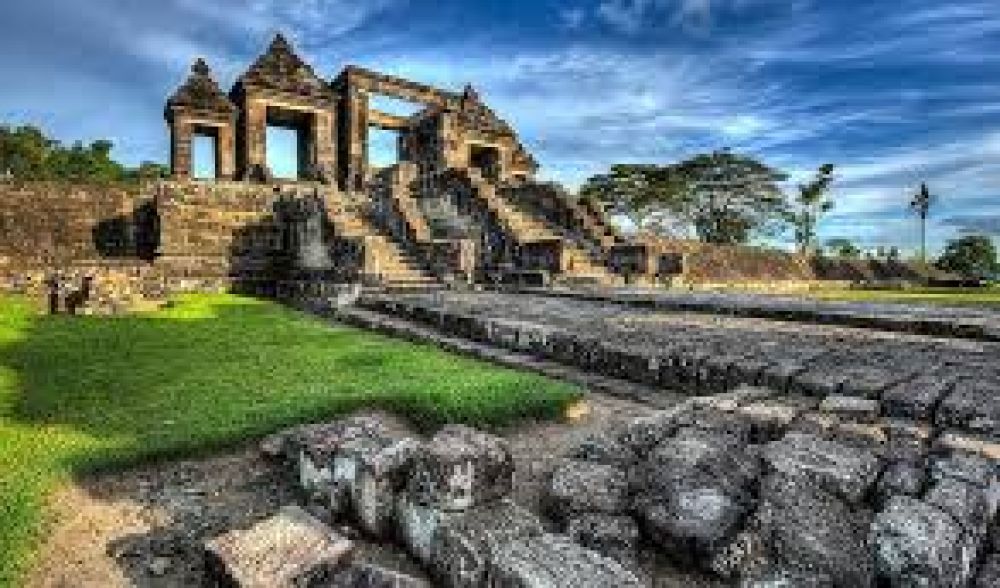

The history of tourism at Ratu Boko Palace, located on a plateau in Yogyakarta, Indonesia, can be traced back to its enigmatic past and its official introduction to the public as an archaeological site. Ratu Boko, named after the legendary King Boko of the local folklore, presents a luxurious historical panorama for visitors. Initially built during the 8th century under the influence of the Sailendra dynasty, the historical context of Ratu Boko has attracted scholars and travelers alike, seeking to delve into the mystique of ancient Javanese history.
The site started gaining recognition as a tourist destination in the early 20th century when the Dutch colonial government began archaeological studies and restorations. During Indonesia’s post-independence era, the government took over the preservation efforts which included continuous excavations and site management. In the 1970s, Ratu Boko garnered attention with the rise of heritage tourism in Indonesia, leading to increased visitor numbers and infrastructure development around the region.
In the decades that followed, Ratu Boko emerged as a significant element of Yogyakarta’s cultural tourism circuit, leveraging its proximity to other historical sites such as Prambanan and Borobudur temples. The palace complex offers a unique insight into the cultural confluence of Hindu and Buddhist traditions, which distinguishes it from other Javanese historical sites and has reinforced its position as a culturally significant attraction.
In recent years, trends in tourism at Ratu Boko have been shaped by an increasing emphasis on sustainable tourism and authentic local experiences. Efforts have been made to optimize the preservation of the site while facilitating eco-friendly tourism practices. Current trends include:
Like many historical sites, Ratu Boko faces challenges of conservation and managing tourist footfall, necessitating a balanced approach to ensure the longevity of the site. Nevertheless, with its majestic ruins set against the backdrop of Mount Merapi and the serene landscape, Ratu Boko continues to enchant visitors and features prominently in the ongoing narrative of Yogyakarta's tourism history.